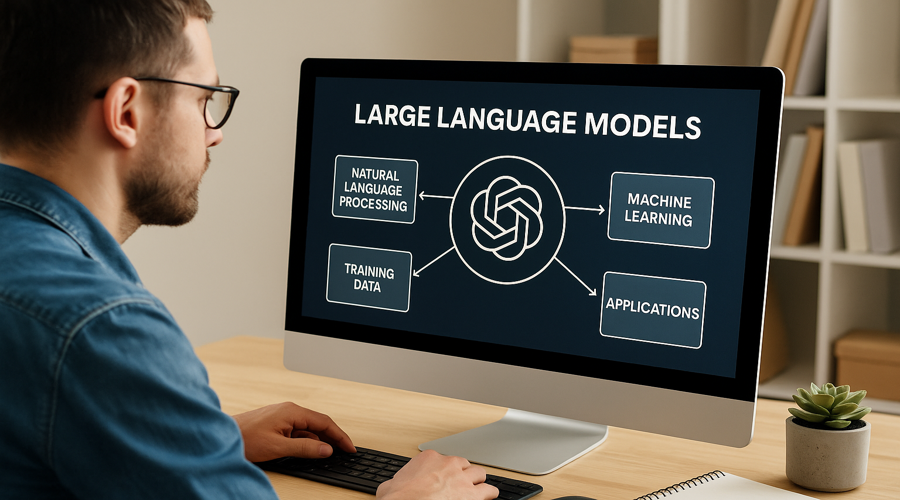In today’s digital-first business landscape, customers expect faster, more human-like responses—whether they’re browsing a website, using a mobile app, or reaching out on social media. Yet many businesses still rely on outdated chatbot systems that fall short of these expectations. The shift is now underway: the end of traditional chatbots has arrived.
A new generation of intelligent, adaptable assistants is emerging. These are not just chatbots—they’re AI-powered agents that understand language, personalise conversations, and continuously improve over time. In this article, we’ll explore how AI-powered chatbots differ from legacy systems, why this evolution matters for your business, and how Nexmira is building the future with NexAgentix—our next-generation, personalised AI agent.
Why Businesses Are Rethinking Chatbots in 2025
Automating customer interaction has long been a strategic priority,but the tools used to achieve it are evolving fast. Businesses are now re-evaluating legacy chatbots in light of growing expectations for conversational support, real-time personalisation, and 24/7 availability.
Three major trends are driving this rethink:
- Customers want more human-like digital experiences, not robotic scripts.
- Traditional chatbots are limited in scope, flexibility, and effectiveness.
- AI-powered automation is becoming a competitive differentiator across industries.
What Are Traditional Chatbots?
Before intelligent language models became accessible, many businesses turned to traditional chatbots as a low-effort automation tool. These early bots were functional and primarily used to deflect repetitive questions. While they were once sufficient, they simply don’t scale to meet the complexity of modern customer expectations.
How chatbots work
Traditional chatbots rely on predefined rules, typically organised in decision trees or flowcharts. When a user enters a specific keyword or phrase, the bot responds with a canned answer. For example, a query like "what are your business hours?" triggers a scripted reply. But even a slightly different phrasing—like "are you open on Sundays?"—can confuse the bot and cause it to default to a generic fallback.This architecture is:
- Heavily scripted
- Unable to understand intent or natural language
- Best suited for simple, predictable queries
Limitations of Traditional Chatbots
While they served a purpose, these systems are quickly becoming obsolete. Common issues include:
- Inflexible conversations that can't deviate from predefined paths
- Inability to learn or improve from past interactions
- High abandonment rates due to frustration or poor comprehension
The result? A disjointed user experience and a missed opportunity to engage meaningfully.
What Makes AI-Powered Chatbots Different
AI-powered chatbots, or simply AI chatbots, are built using Machine Learning, Natural Language Processing (NLP), and Large Language Models (LLMs). Instead of matching keywords, they interpret intent and context—allowing them to engage in fluid, human-like dialogue.
Built on Natural Language Understanding (NLU)
AI chatbots excel at understanding what customers are really asking—even when questions are phrased differently. They can:
- Grasp meaning beyond keywords
- Interpret varied phrasing, tone, and follow-up queries
- Respond in a way that feels natural and relevant
Adaptive and Continuously Learning
Unlike traditional bots, AI chatbots learn over time:
- They analyse past conversations to improve accuracy
- Use contextual memory to maintain coherent multi-step dialogues
- Require less manual updating, saving time and resources
Multichannel and Scalable
AI-powered chatbots aren’t confined to a single interface. They operate across:
- Web, voice, messaging apps, and social platforms
- Seamlessly integrating with your existing systems
- Scaling without compromising performance
Traditional vs AI Chatbots: A Side-by-Side Comparison
| Capability | Traditional Chatbots | AI-Powered Chatbots |
|---|---|---|
| Language Understanding | Keyword-based | Contextual and intent-driven |
| Learning | Static and manual | Self-improving with use |
| Use Case Scope | Narrow and scripted | Versatile and dynamic |
| Integration | Basic and limited | API-ready and flexible |
| User Experience | Robotic and rigid | Natural and human-like |
Business Impact: Why AI Chatbots Are a Strategic Advantage
Implementing AI chatbots can lead to measurable improvements in both customer satisfaction and operational efficiency. Businesses adopting intelligent conversational agents benefit from:
- Faster, smarter responses that improve user experience
- Automated lead qualification and onboarding
- Lower support costs through reduced manual handling
- 24/7 availability without additional headcount
In short, AI chatbots not only automate but elevate your brand’s customer engagement.
Beyond a Chatbot – A True AI Agent
NexAgentix is Nexmira’s latest innovation—a personalised AI agent designed to deliver natural, multimodal conversations across chat and voice channels. Unlike traditional bots, it adapts to your workflows, understands your customers, and helps automate complex interactions.
Built with flexibility in mind, NexAgentix will support:
- Text and voice understanding in one interface
- Context-aware conversation flow
- Seamless integration with your tools, internal systems and data
Want to Be Among the First to Experience NexAgentix?
NexAgentix is currently in active development and we’re inviting forward-thinking businesses to be part of its early rollout. If you’re ready to move beyond the limitations of traditional chatbots and into the future of intelligent customer interaction, this is your opportunity.
Visit the product page to join the waitlist
Conclusion: The End of Traditional Chatbots
Traditional bots had their moment, but that era is over. They’re too rigid, too limited, and no longer meet the demands of today’s customers. In contrast, AI chatbots like NexAgentix offer a smarter, scalable, and more natural way to engage with your audience.
This is more than an upgrade—it’s a transformation. And the businesses that make the switch now will be the ones shaping the future.


